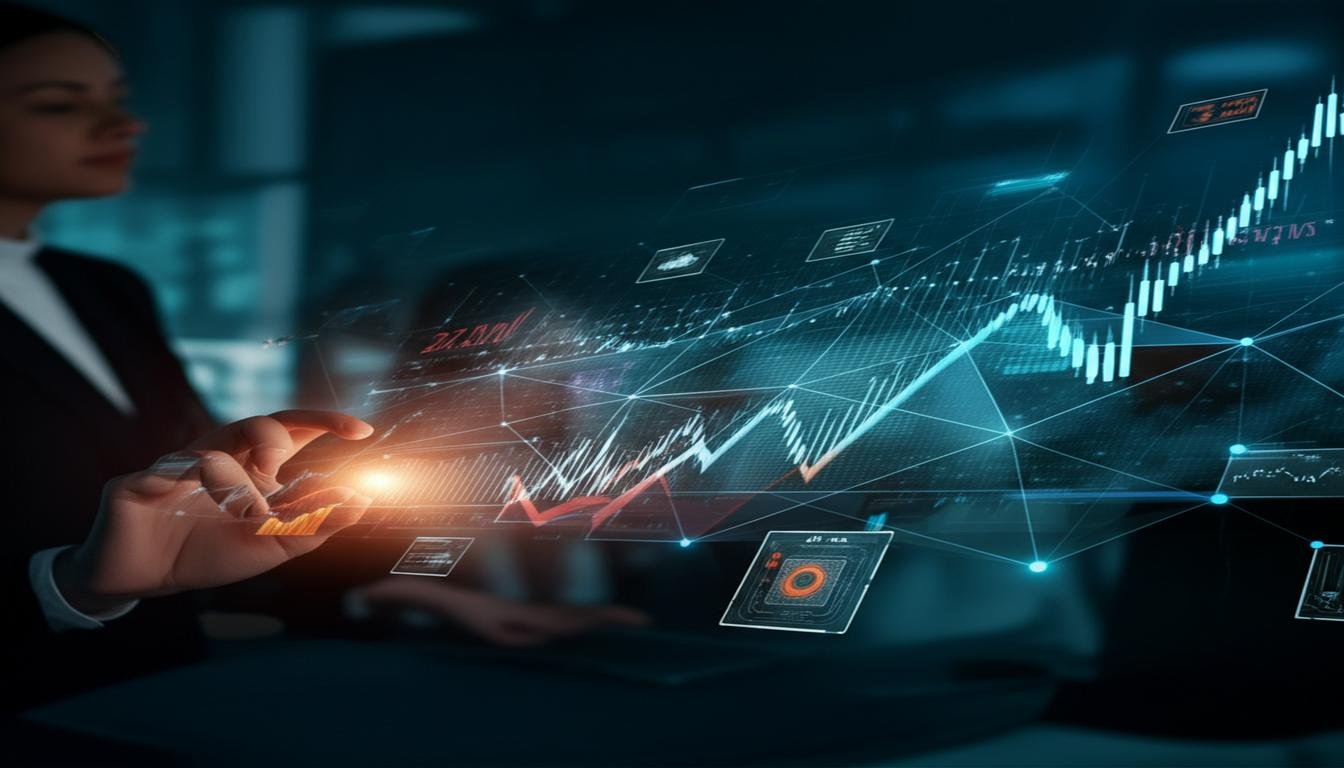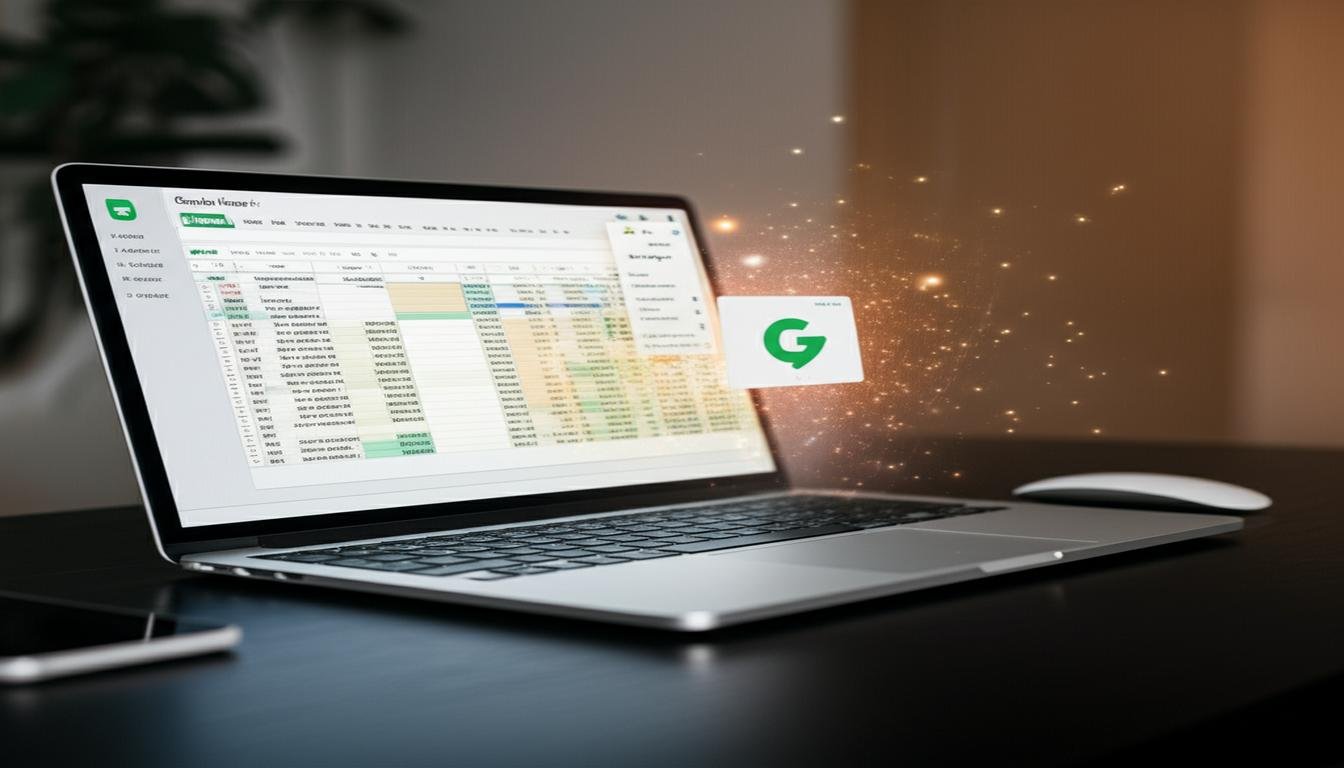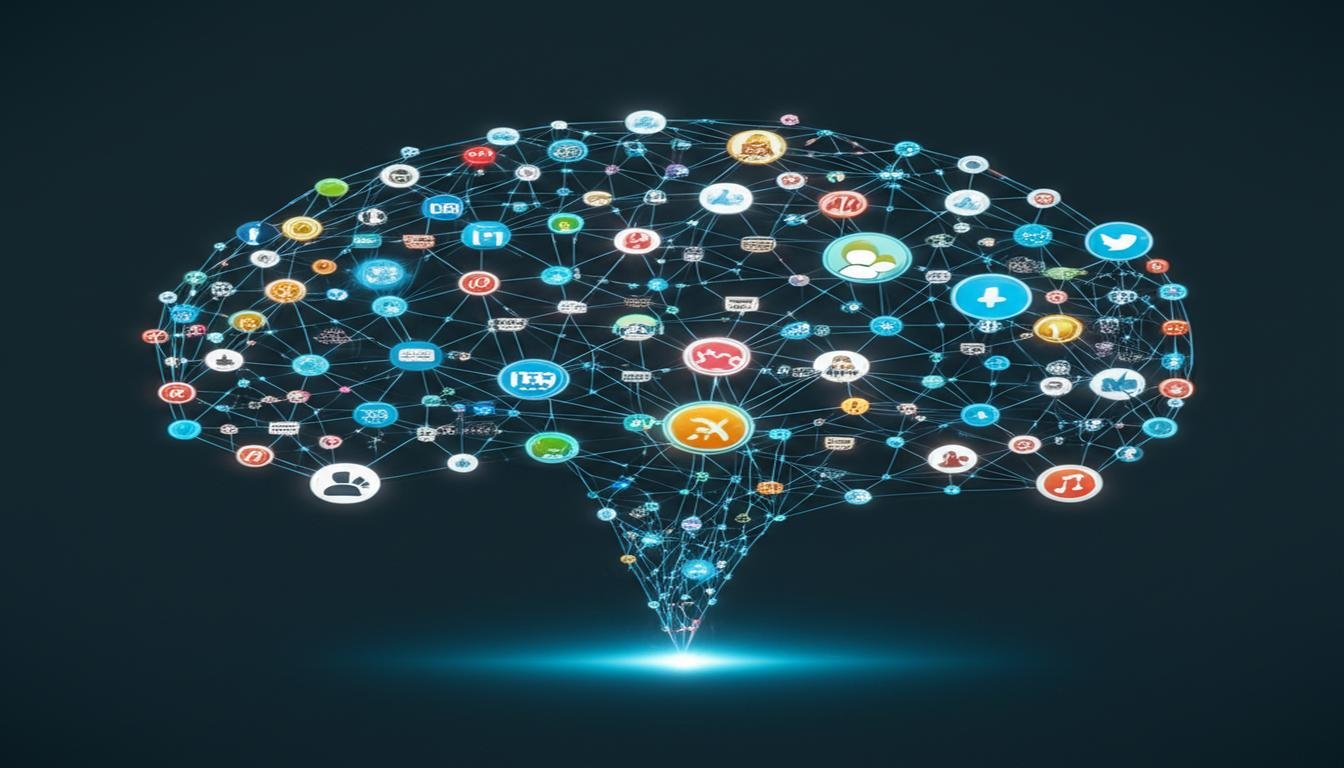People Are Using AI to Time the Stock Market—Here’s How For as long as there have been stock markets, people have dreamed of timing them perfectly. Imagine knowing exactly when to buy low and sell high! It’s the ultimate goal for many investors. Historically, this has been a mix of deep research, gut feelings, and a little bit of luck. But what if there was a different way? What if advanced technology could give you an edge? Well, that’s exactly what’s happening. Artificial intelligence (AI) isn’t just for fancy sci-fi movies anymore; it’s stepping into the financial world, and investors are starting to use AI tools to try and predict, or at least better understand, stock market movements. It’s not magic, but it’s definitely changing the game. What Does “Timing the Market” Even Mean? Before we dive into AI, let’s quickly clear up what “timing the market” actually means. It’s the strategy of trying to predict future market directions or specific stock price movements. The idea is to jump in right before prices go up and get out right before they fall. Sounds simple, right? In reality, it’s incredibly difficult because markets are influenced by so many unpredictable factors, from global news to human emotions. AI Isn’t a Crystal Ball, But It’s Pretty Smart Let’s be clear: AI isn’t a magical fortune-teller. It can’t see the future. What it can do, however, is process and analyze enormous amounts of data at lightning speed—far more than any human ever could. This capability allows AI to identify patterns, correlations, and potential trends that might otherwise remain hidden. It’s all about making data-driven predictions rather than relying on guesswork. The Data Deluge AI Devours Think about all the information that affects stock prices. An AI model can gobble up: Historical stock prices and trading volumes Economic indicators (like inflation, interest rates, employment figures) Company financial reports and earnings calls News articles, press releases, and global events Social media trends and investor sentiment Even satellite imagery to track things like retail foot traffic or oil tank levels All this information, when fed into sophisticated algorithms, helps the AI build a comprehensive picture and look for clues about where the market might be headed. How AI Models Try to Spot Market Moves So, how does AI actually turn all that data into something useful for AI stock trading? Machine Learning Algorithms At the heart of it are machine learning algorithms. These are programs that learn from data without being explicitly programmed for every single task. They can: Identify Correlations: Spot relationships between different data points. For example, does a certain news phrase consistently lead to a stock dip a few days later? Build Predictive Models: Use past data to create models that forecast future outcomes. These models might try to predict stock price movements based on a combination of factors. Natural Language Processing (NLP) One of the coolest applications of AI in finance is Natural Language Processing (NLP). This is how computers understand and process human language. For stock market timing, NLP algorithms can: Analyze News Sentiment: Read thousands of news articles, earnings call transcripts, and social media posts. The AI can then figure out if the overall “vibe” around a company or the market is positive, negative, or neutral. A sudden shift in sentiment might indicate a future price change. Spot Key Phrases: Identify specific keywords or phrases that historically preceded market volatility or significant price moves. Reinforcement Learning Imagine an AI that learns like a human, by trial and error. That’s reinforcement learning. These AI systems can be trained in simulated trading environments, making trades and learning from the outcomes. They get “rewards” for profitable trades and “penalties” for losses, slowly developing increasingly sophisticated algorithmic trading strategies over time. Real-World Scenarios: Who’s Using This Tech? You might think this is only for giant Wall Street firms, but that’s changing. While big hedge funds have been using AI and machine learning in finance for years to manage massive portfolios, the technology is becoming more accessible. Retail investors can now find platforms and tools that incorporate AI insights, offering everything from sentiment analysis dashboards to automated trading signals. For example, a professional trader might use an AI system that constantly monitors news feeds and flags any company mentioned with a sudden negative sentiment spike, allowing them to react much faster than someone manually reading headlines. Or an investment firm might use an AI to optimize its portfolio, rebalancing assets based on the AI’s predictions about future market conditions. The Upsides: Why AI is Gaining Traction The benefits of using AI for market timing are clear: Unmatched Speed: AI can analyze millions of data points and execute trades in milliseconds, far exceeding human capability. Objectivity: Unlike humans, AI doesn’t get emotional. It won’t panic sell during a dip or get greedy during a rally, sticking strictly to its programmed logic. Handling Complexity: It can sift through and make sense of vast, complex data sets that would overwhelm human analysts. Spotting Subtle Patterns: AI can identify intricate, non-obvious patterns and correlations that are invisible to the human eye. The Catch: AI Isn’t Flawless As promising as AI is, it’s crucial to understand its limitations. It’s not a silver bullet: “Garbage In, Garbage Out”: The AI is only as good as the data it’s fed. Biased or incomplete data can lead to skewed, inaccurate predictions. Black Swan Events: AI struggles with truly unprecedented events—things that have no historical precedent (like a global pandemic or a sudden natural disaster). It can’t predict what it hasn’t “seen” before. Over-optimization: Some AI models can become too finely tuned to past data, meaning they might perform brilliantly on historical tests but fail in real-world, dynamic markets. Lack of Intuition: While objective, AI lacks human intuition, creativity, and the ability to understand nuanced, qualitative factors that sometimes drive markets. So, Should You Trust AI with Your Investments? AI is undeniably a powerful tool that’s reshaping how people approach stock market prediction. It offers incredible capabilities for data analysis and pattern recognition, giving investors a potential edge in trying to time the stock market. However, it’s important to view AI as an assistant or an enhancer, not a replacement for human judgment. For most investors, using AI means leveraging tools that provide data-driven insights to inform their decisions, rather than blindly letting an algorithm manage everything. The future of trading will likely involve a blend of advanced AI systems working alongside savvy human investors who understand both the power and the limitations of their digital partners. It’s about smart algorithms making data-driven suggestions, with a human still in the driver’s seat. AI is here to stay, and its role in investment strategies will only grow. Understanding how it works and what it can—and can’t—do will be key for anyone looking to navigate the markets in the years to come. Stay informed, stay smart, and remember that even with AI, careful research and a diversified portfolio remain timeless investment principles.
People Are Using AI to Time the Stock Market-Here’s How









